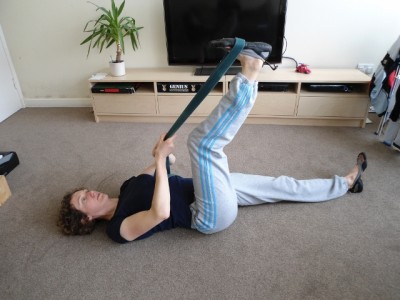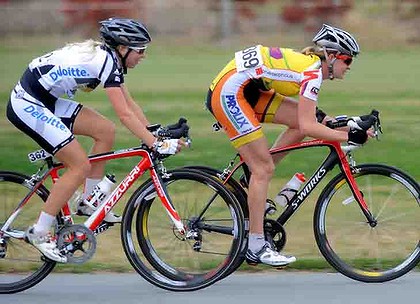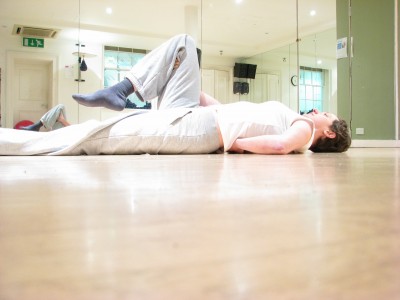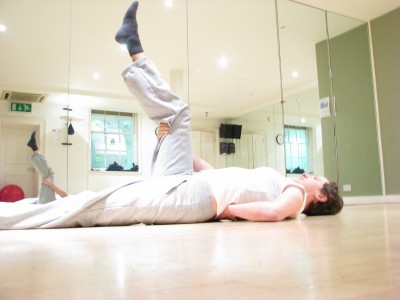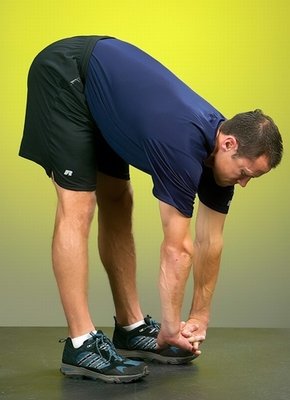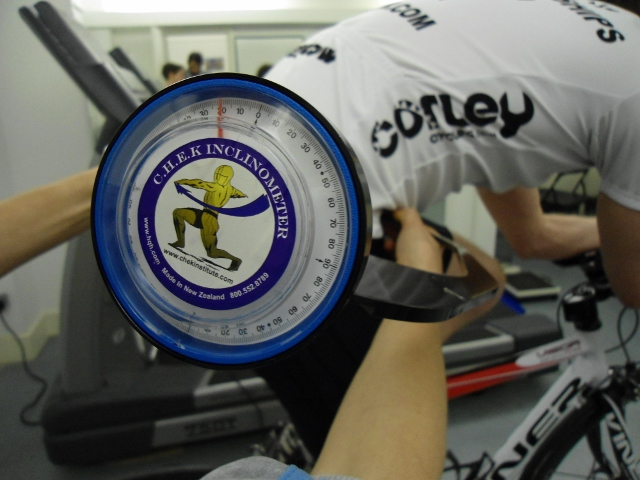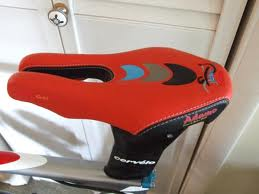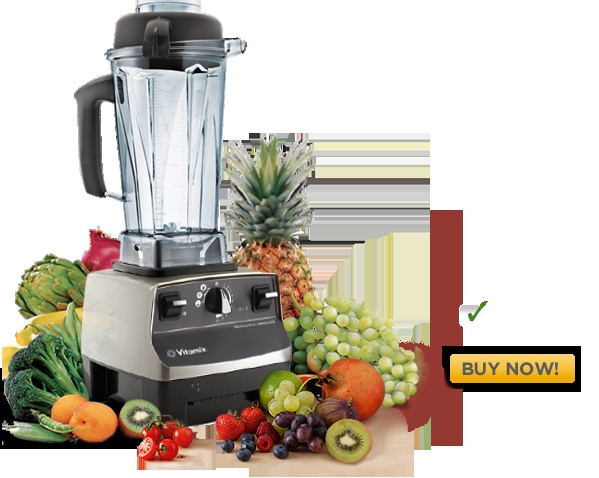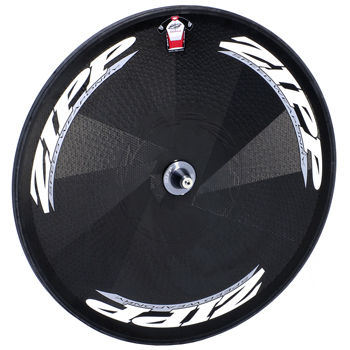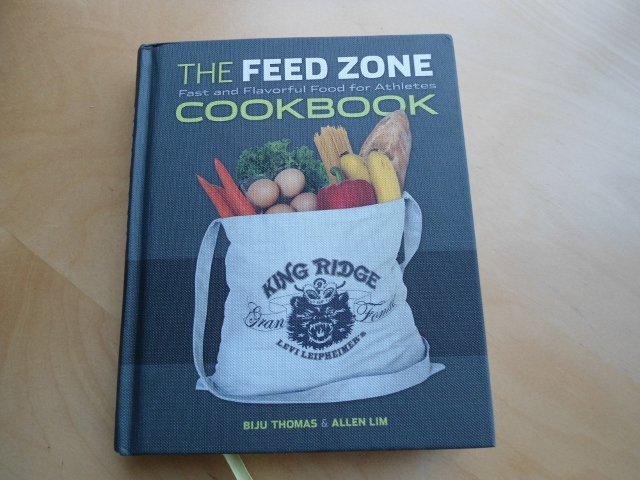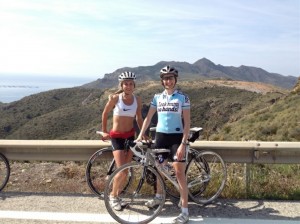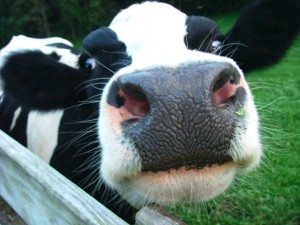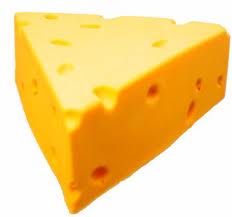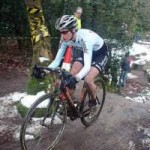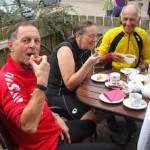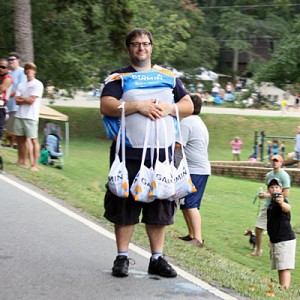One of my regular personal training clients is approaching his first ‘birthday’ training with me. When he came to me for our initial consultation last year he sat down (carefully) opposite me and I listened to the story that had got him to where he was. It was a story that had included a lot of long working hours, some bodily neglect, a busy family life, and then twice in the previous 18 months a bout of horrendous back pain. The second of which culminated in being nursed inch by inch down the stairs by paramedics, and spending the next several months living, working and closely following the cricket laid flat on his living room floor. When we met, he was back at work and on his feet, but had narrowly avoided spinal surgery for a significant disc injury. Though I make a point of trying to be non-judgemental, sat opposite me that day I saw an overweight man in a suit with a fairly broken body.
Rightly or wrongly, I told my client exactly that last week. I told him because I was struck by the fact that it’s not who I see anymore. Now I see a generally fit and healthy man with a young family. I see a man who is a stone and a half lighter than he was then, exercising regularly (both within our training sessions and independently) and enjoying life. He has not spent this summer on the floor but lifting and carrying logs and riding bikes with his young family in France. This pleases me enormously.
Pain and discomfort often send people in my direction. All motivation is fundamentally driving you towards something you want or away from something you don’t want. Sometimes it’s both.
Chronic pain and discomfort is not normal. This is something not always recognised by the general population, and especially amongst sports people for whom pain can become ‘normalised’. In my favoured sport of cycling generalised back ache is often considered ‘normal’. Really this just means that back ache is common, but it should not be expected, anticipated or accepted as a by-product of being a cyclist. Distinguishing what is normal ‘healthy’ discomfort associated with exercise and what is not seems just as difficult for a competitive sportsperson as for someone who has never engaged in physical training, but for different reasons. The glorification of suffering that is celebrated in sport is not always healthy and needs to be placed firmly in context. I believe that feeling happy, well, pain free and energised in general is what we should expect, even amidst the specific identifiable fatigue caused by training.
I had an interesting discussion recently with another personal training client of mine about the acute discomfort that is necessary to create the ‘overload’ required for adaptation. She reminded me that breathing and sweating heavily are not ‘normal’ experiences for some people. That the ‘pain’ of the final few repetitions of a strengthening exercise seems unnatural and avoidable in the logical mind of many. Surrounded by the ‘training’ environment as I grew up, the discomfort of training and the camaraderie of surviving it was celebrated. If you made it through ‘hell week’ in my swim squad you were rewarded with a swimming hat that said so. But without the obvious ‘carrot’ of improved sports performance it can sometimes be more difficult to reframe this discomfort as something positive.
All discomfort and pain can be meaningful and purposeful. To consciously inflict acute discomfort by way of training you have to be motivated by a belief and understanding of the long-term benefits. To sub-consciously find yourself in chronic pain and discomfort often forces you to self-reflect on why and how you have got there.
Interestingly, simply taking on board this basic training principle of ‘overload’ and trying it for a few weeks can be enough to keep the motivation train rolling. The benefits in the body and mind are normally enough to speak volumes. I suppose this is where the supportive relationship of a trainer is most helpful to the beginner, in reassuring them that in this context this short lived, acute discomfort is normal and safe, and that there will be a pay-off. Happily my client now understands that the level of discomfort we are talking about is reasonable and manageable, and leaves her feeling better long-term and looking forward to exercise and not dreading it.
Failure is important and should not be avoided. It sets a boundary that can be tested in the future to measure progress. Unless you are willing to fail, you will never know what you can achieve.
I have been checking my own boundaries in relation to training discomfort and ‘failure’ recently. Often in my gym training in particular I will stay in my comfort zone, or at the most will push the envelope at the edges of it. As an ‘endurance athlete’ I am not strictly built for strength, though I enjoy staying in overall physical condition and applying what I know to my own fitness training. On my bike, my leg strength rather than my cardio-vascular system is often a limiter. It has been a long time since I have really tested my strength by pushing the boundaries of what I can achieve in the gym, and I have rarely pushed myself to the point of failure. So my new autumn mission, in the gym at least, is to do exactly that….
To fail.
Over and over again.
Brilliant :)

